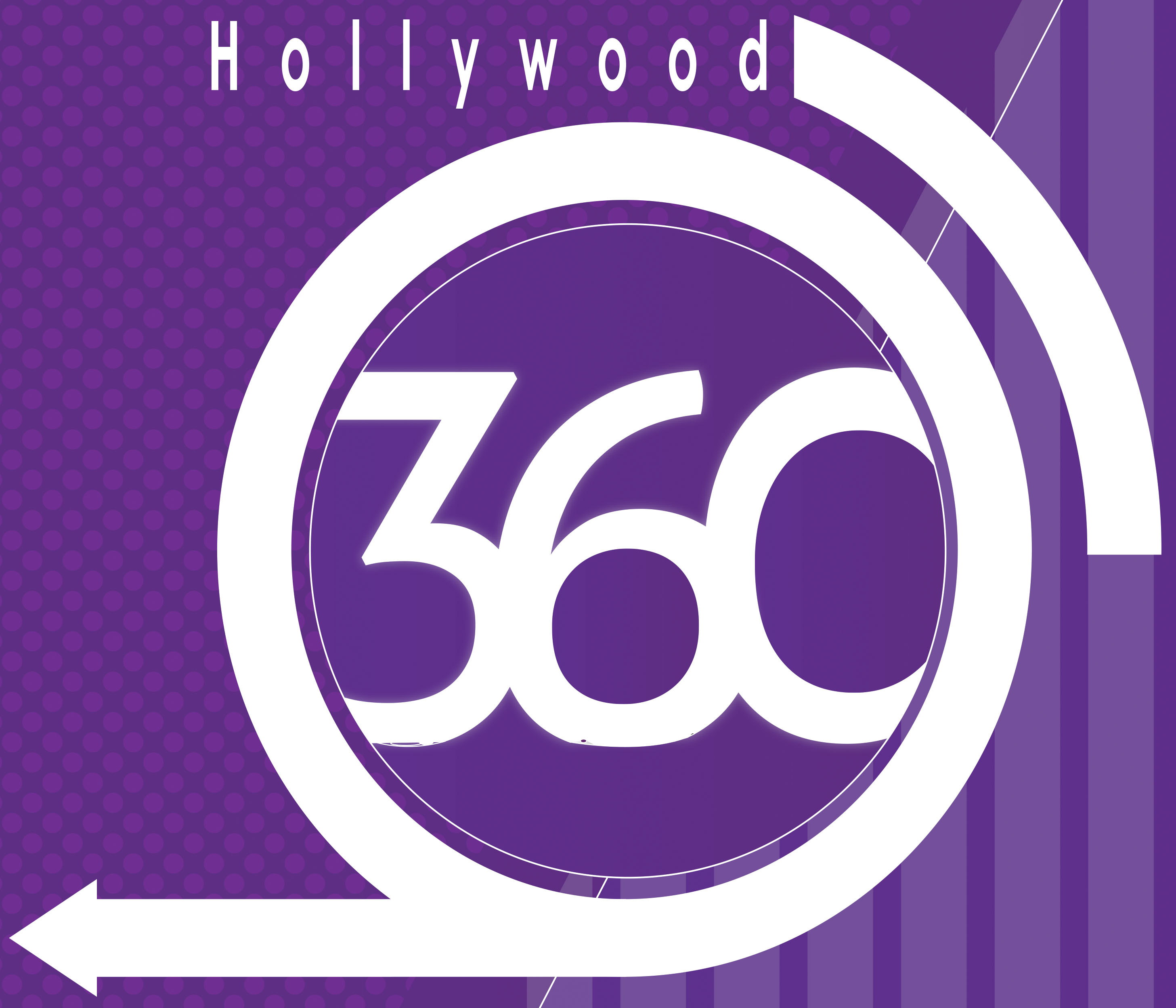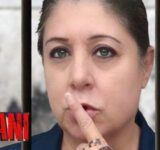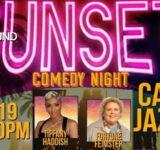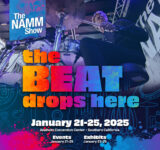By Sheryl Aronson & Mikey Adam Cohen
Studio 1 at East West Studios, Hollywood, was where Andrew Neu, musician/composer decided to record the Bonsera/Neu 17-piece Big Band for his newest CD, which consisted of 8 original compositions and 3 jazz standards.
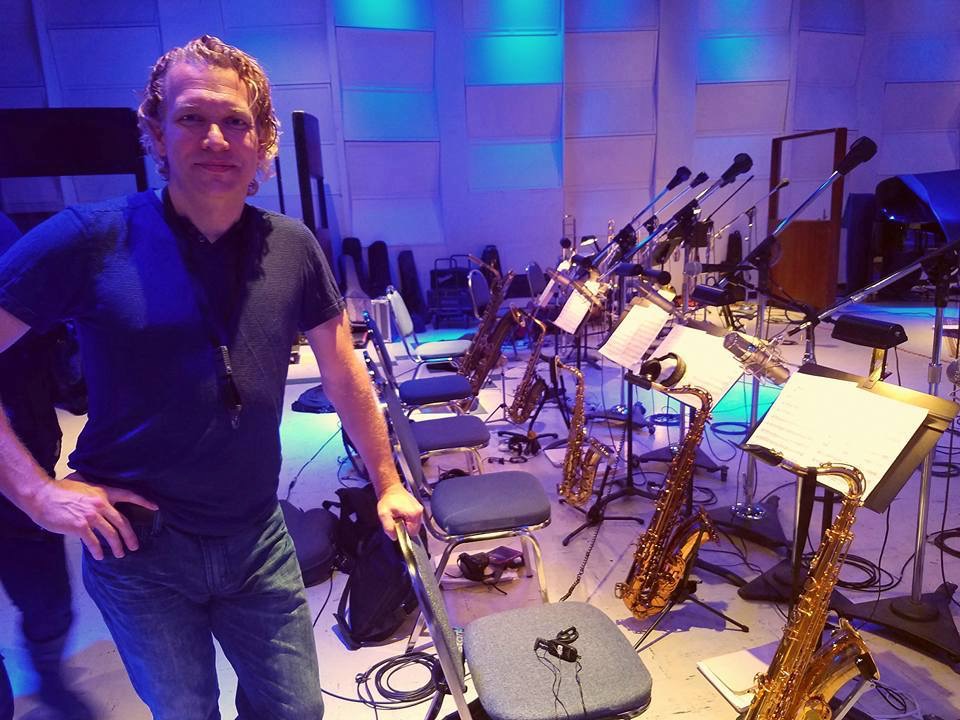
Neu arranged all the music. The two day sessions were recorded live, which thoroughly excited the engineer, Thomas McCauley and producer, Brian Bromberg. Brian Bromberg commented, “It’s fun to play with human beings rather than machines, because nowadays a lot of music is done with computers. Here we have 17 guys in a room playing their hearts out at this level. Andrew wrote some really great arrangements that are kicking.”
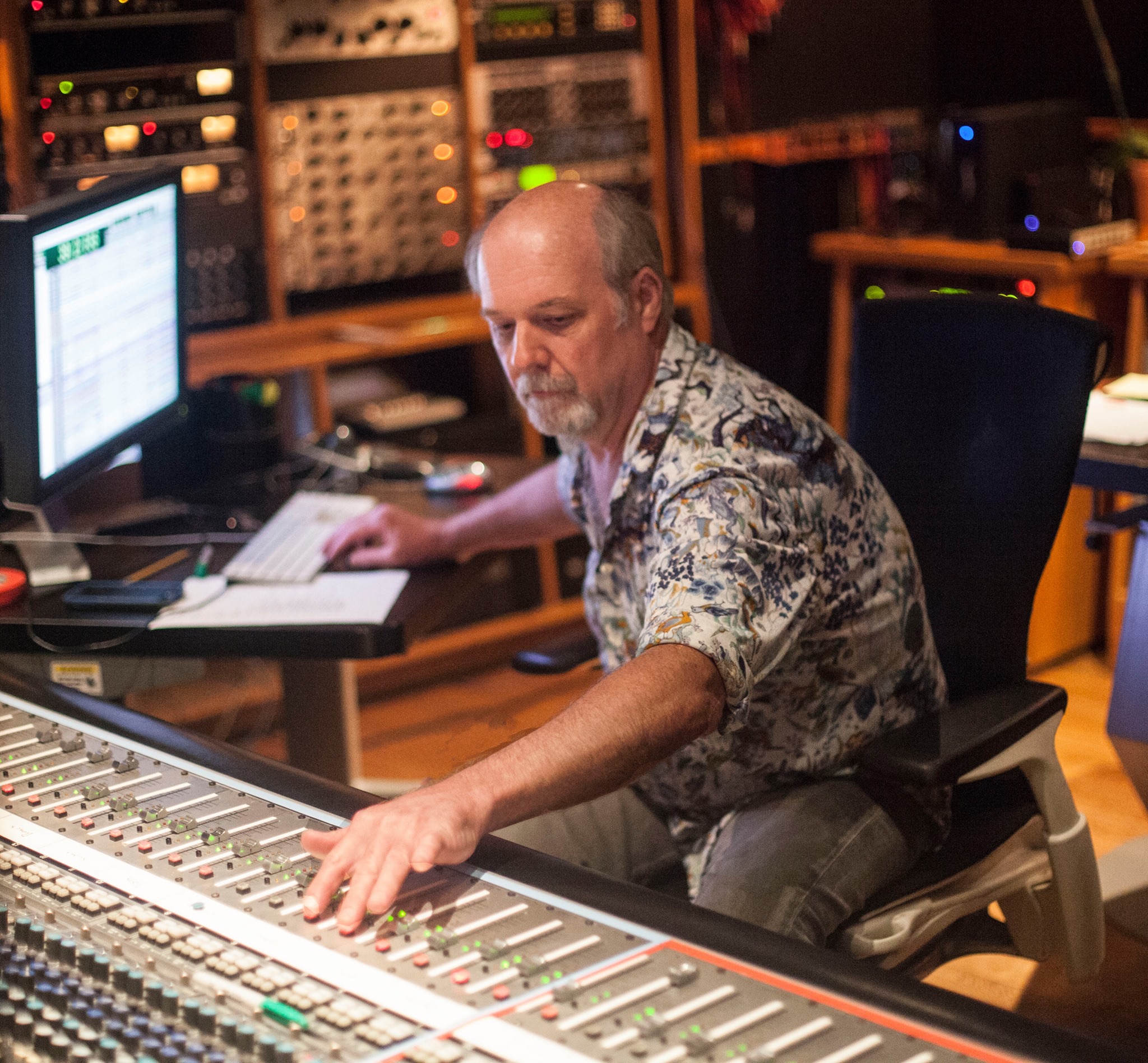
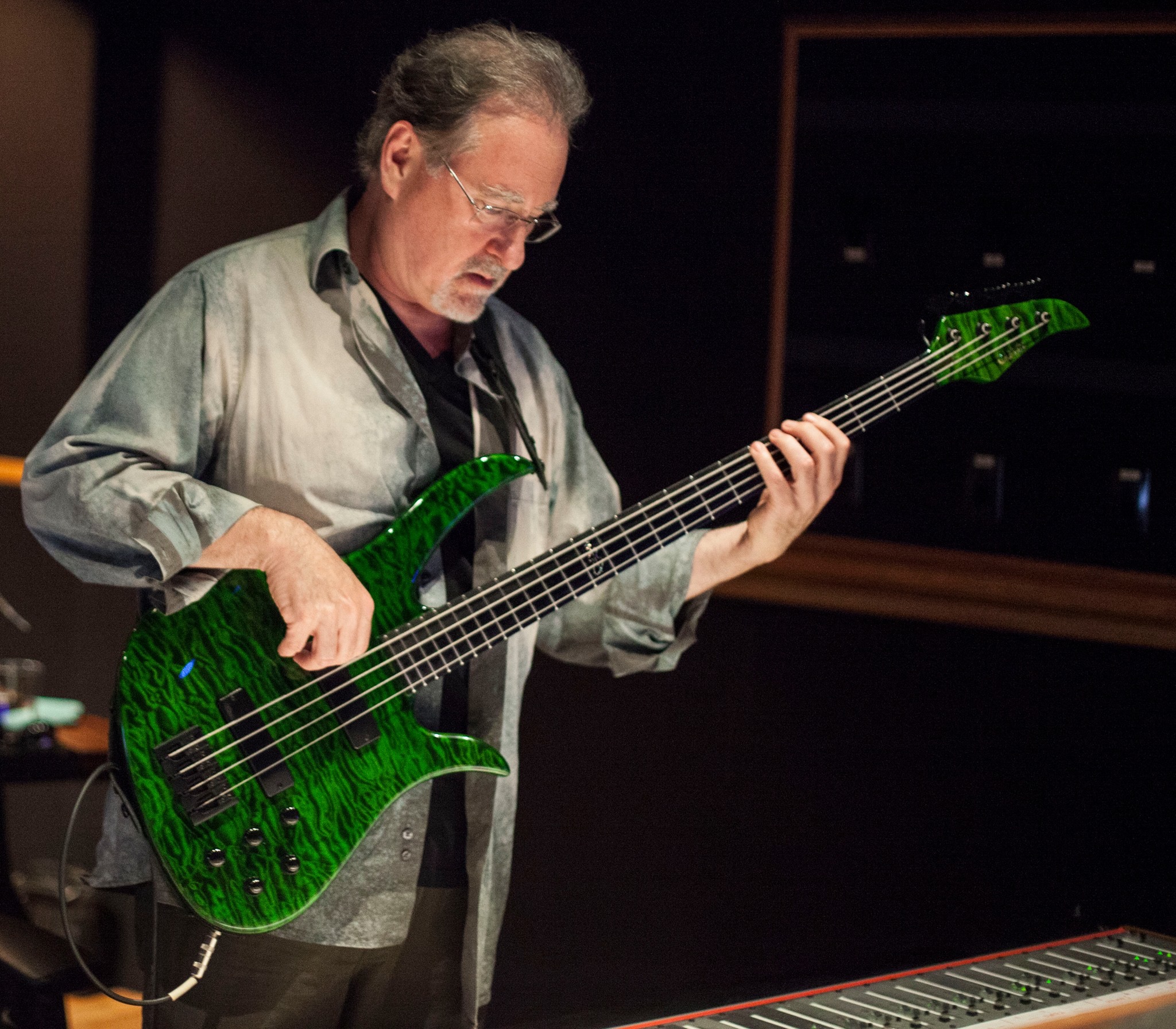
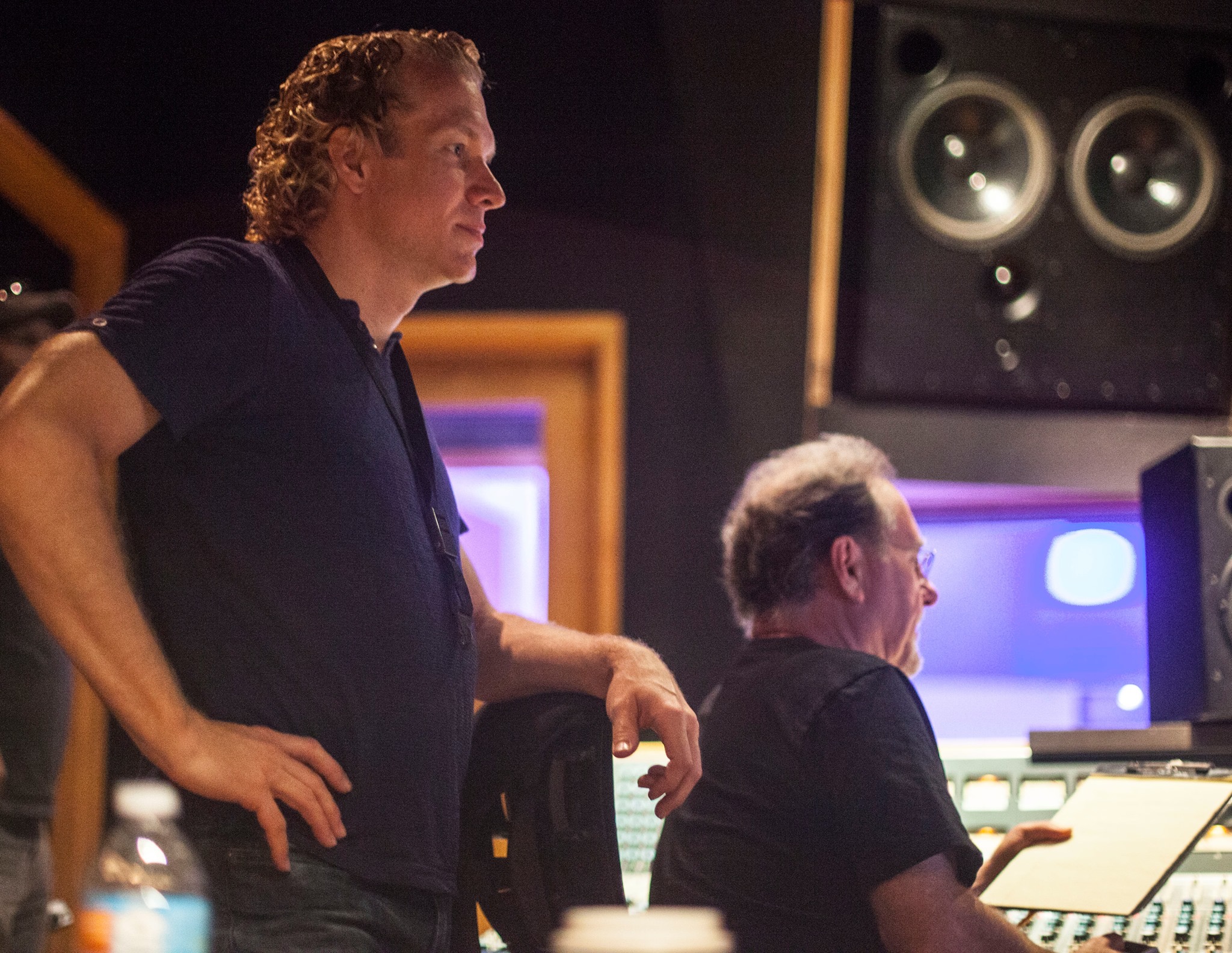
The studio featured a live room, an isolation booth, 9′ Bechstein piano, concert lighting system and one of a limited number of classic Neve 8078 consoles remaining in the world today. Thomas McCauley, the engineer spoke about this classic board, “The board is from the late 70’s when they made console’s standards very high. It’s analog so the sound is warm and rich and has a completely different vibe than digital technology.”
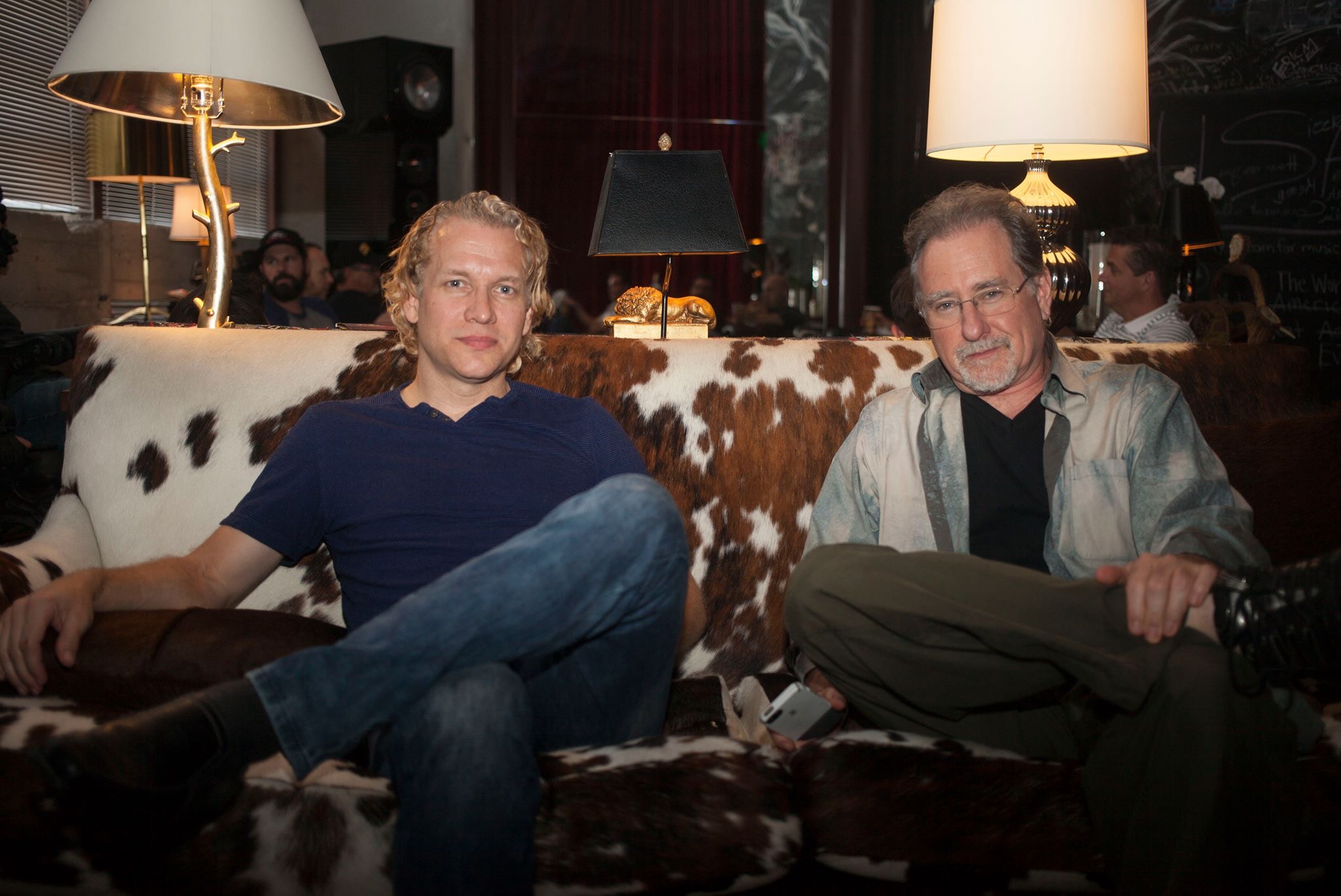
Bromberg elaborated further, ” It’s very wide, it’s very deep, the lows are very low and the highs are very high. Digital is clean and pristine and can be sterile… analog isn’t clear and precise but because of that, it can have a warmth and a purity.”
“I call it comfort food for the ears. ” – Brian Bromberg
The interview started off by asking the Andrew Neu, composer/musician why he chose the historic studios.
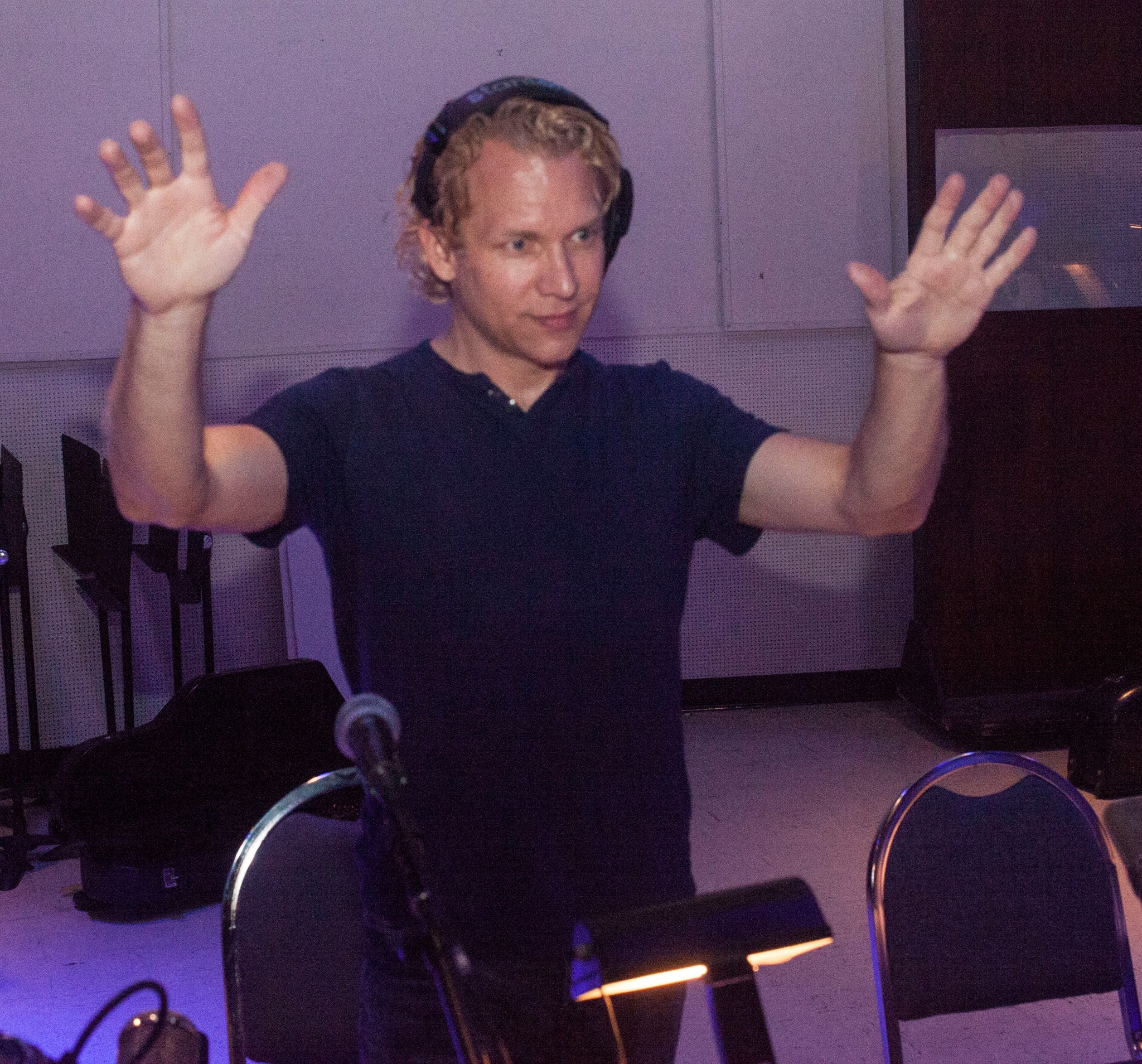
Andrew Neu: This is a legendary studio and the type of ensemble we have is a contemporary big band, which means we have a lot of people. We are recording 17 people at a time. So we needed a room to accommodate everyone and a room that has this type of experience. This is one of the few rooms left in LA. They have recorded so many legendary records here like Frank Sinatra, they recorded Pet Sounds from the Beach Boys, and they recorded Thriller from Michael Jackson.
You have co-produced four records with Brian Bromberg. What’s are the reasons you have chosen to collaborate with him.
Andrew Neu: I first met Brian Bromberg eleven years ago, when I was working on my second solo record In Clear View, then we worked on the record Try Something Neu and Everything Happens for a Reason, my last CD. I always come back to Brian because we’ve gotten the best results together, we have a good chemistry and I also like the fact that he has that balance between being a straight ahead traditional jazz artist and smooth jazz contemporary player. I always felt I sat on that fence too.
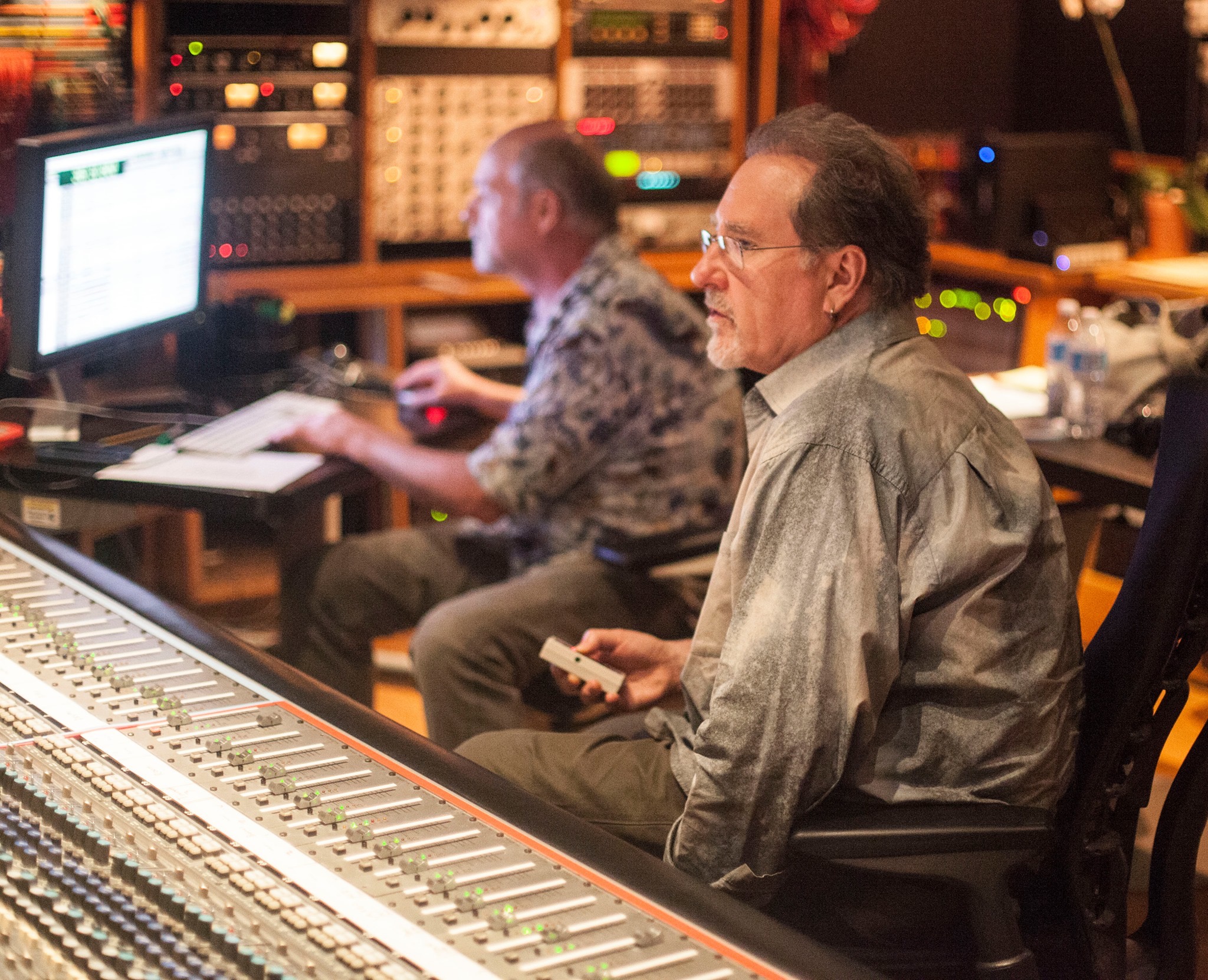
Talk about how you two work together co-producing a record.
Andrew Neu: Brian is not afraid to give feedback. He has amazing ears, clearly he is an amazing musician. He understands the genre. I trust his ears because he’s not only able to get a great sounding record, but also get great performances out of the musicians. It’s a real talent for a producer to know if the musician has a better performance in them, or I think we got it. You have to know when to pull the plug, or you push the artist and say, ‘you know we can do a little better.’
How about for you…you’ve written every note, you have heard the music in your head, talk about your individual process.
Andrew Neu: A lot of young musicians and jazz artists are first introduced to jazz by playing in their school jazz band. Big band jazz is almost like a sub -genre in a sub -genre. Jazz is small niche market and big band jazz is even something smaller. It was something I have always been connected with, and I love the camaraderie of playing in a big band. There’s a history there I that I appreciate… looking back to Glenn Miller, Sinatra, and a lot of us grew up listening to Buddy Rich, Maynard Ferguson, Count Basie, Duke Ellington and Woody Herman. It’s not so much about continuing the tradition, but building on what they’ve already done.
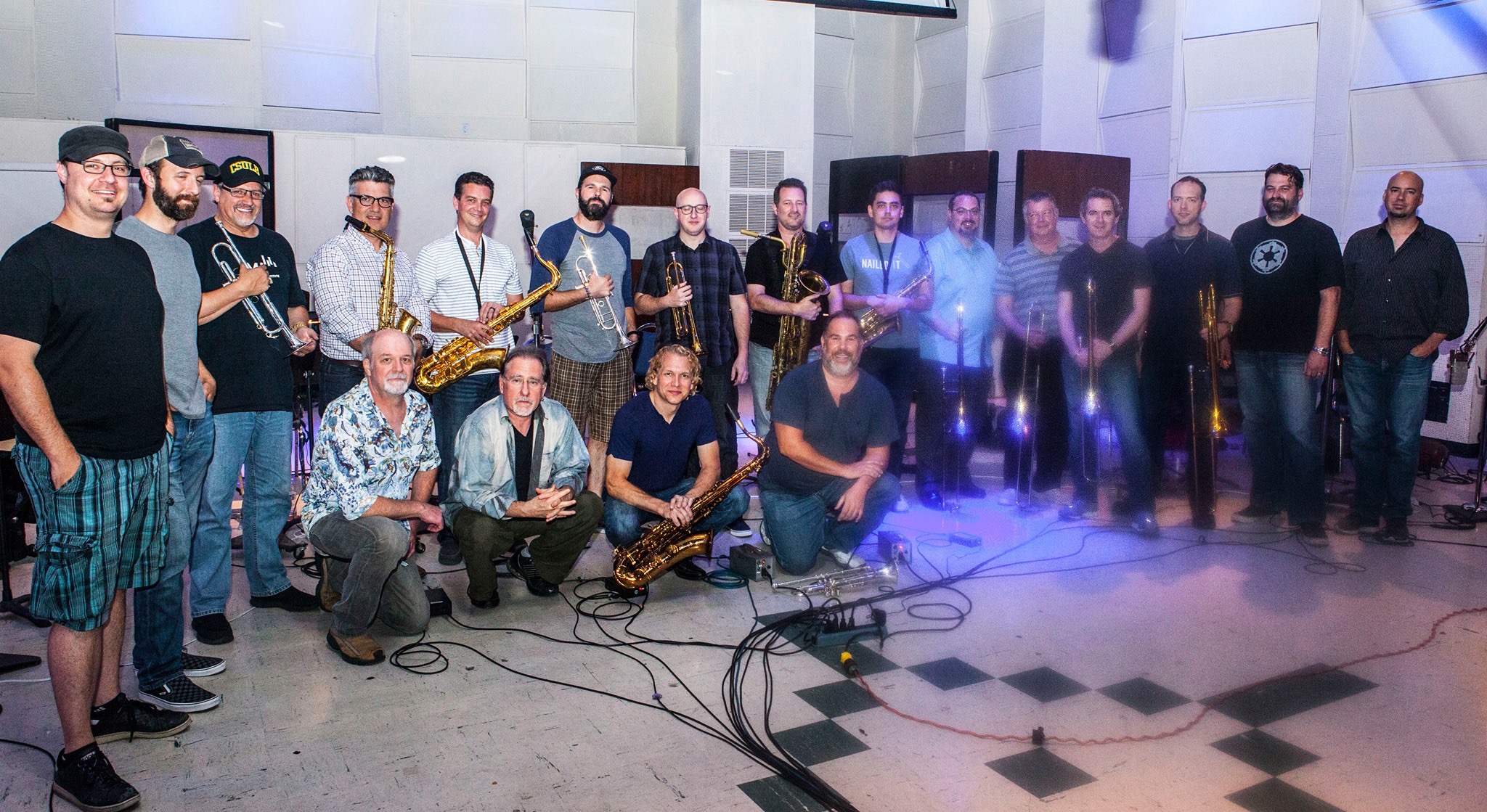
Please address how the big band sound is relevant in modern day jazz and how it’s evolved.
Andrew Neu: The big bands never went away, but the younger generation started playing in these bands and brought their own modern sensibility to it. In big bands you’ll see these guys in their teens and their twenties, but you’ll also see them sitting next to guys in their 70’s and 80’s. It’s so cool to talk to the guys when they say, ‘oh yeah when I was playing with Sinatra’…we’re crossing over the generations here …3 to 4 generations.
Now you’re not going to hear my big band just playing swing jazz. I like to bring in elements of Latin, Afro-Cuban… we’ve just got through playing a funk piece. That’s the direction big bands can go now, bringing in stylistically a lot more musical elements than the traditional swing band.
There 11 charts on your CD. Describe how you went about arranging the music.
Andrew Neu: There are three arrangements of standards…one of which is Body and Soul which is one of those tunes I could play for the rest of my life and never get bored of it. Harmonically you’ll never find a tune more complex than Body and Soul. It starts off in a very challenging keys…E flat minor which puts you into a lot of flats then the bridge goes into D major which goes into a lot of sharps…it’s one of those tunes you can do so much with it but the melody is great as well. As an arranger I was able to take a lot of those elements there and stretch them to other places. Cinema Paradiso…super haunting melody …that’s been played by Yo-Yo Ma, Pat Metheny, and Chris Botti. The tune itself, you can’t mess it up but I wanted to put my stamp on it and make it my own.
What’s your personal stamp? How did you compose the charts to make it sound unique?
Andrew Neu: Traditionally, Cinema Paradiso was done as a slow ballad. I kept sthat lyrical sense to it, but underneath, we put not a specific Latin groove, but we mixed it up to have this ebb and flow, then it crescendoed up to something and came back down again. It has a turbulence to it, it has an emotional component where it will take you to a high place and bring you back. The composition is brilliant, but the great rhythm section that we have reinforces that.
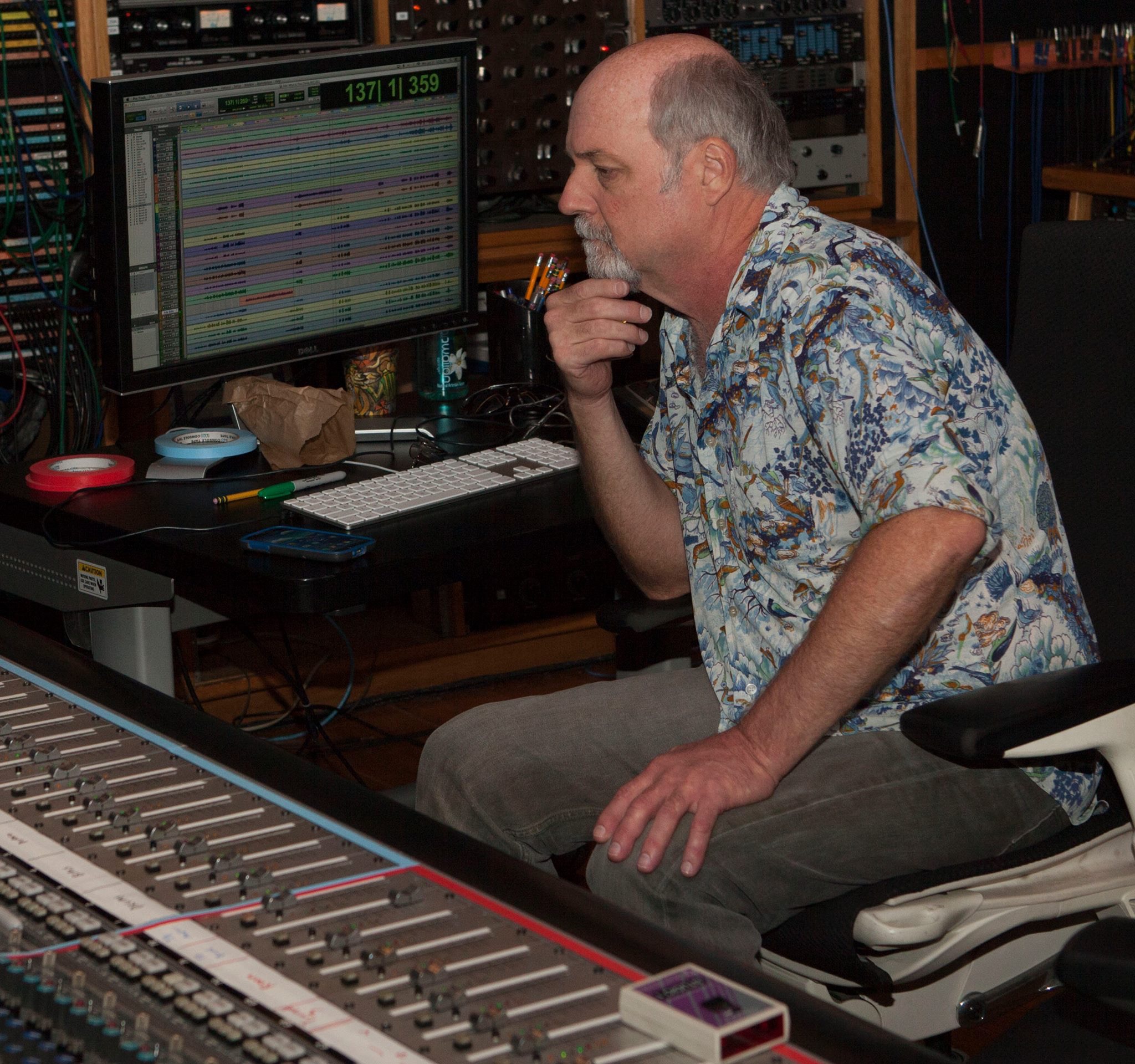
Let’s talk about your original compositions on the CD. You have quite a library of charts.
Andrew Neu: It was tough narrowing it down. I knew this was a time to make a record because not only did I have enough pieces I could choose from, but I could choose the best ones. It wasn’t the right time before now. I knew I had a collection of pieces that would represent my writing. I hope this will be the beginning of a long career doing more records like this. I wanted to put my best foot forward with my best pieces.
Let’s talk specifically about your compositions. Begin with Blue Sesame.
Andrew Neu: Blue Sesame is my oldest chart. It started off as a theme I wrote while I was still in college. First it was a 32 measure song. Then I took it from there and thought the trumpets would sound good here, a really nice saxophone melody would go here, then the drum can do an accompaniment here…the most important thing is you have a strong composition. It’s not a blues, but it’s called Blue Sesame because it uses a lot of elements of a blues scale.
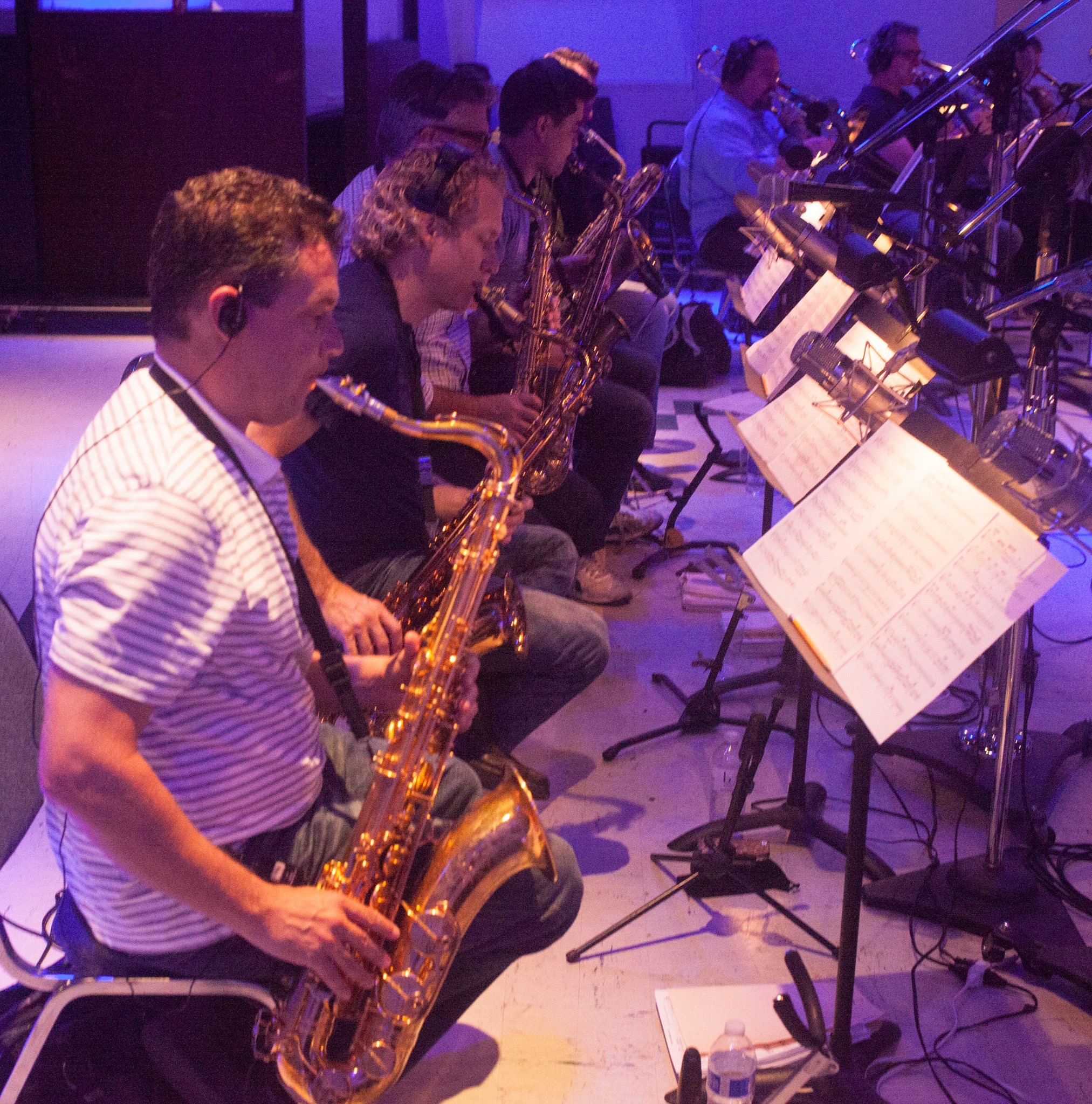
How were you going for different moods, different flavors, different rhythmic sounds in these original compositions?
Andrew Neu: Sometimes I would come up with a chord progression that felt really great to play over and I would build a tune around that. That was how I came up with Juggernaut. This is in F minor and I knew it was something I wanted to build and improvise over. As a composer sometimes a composition is great, but when it comes time to play over it, it doesn’t feel as comfortable.
Any one of these tunes your signature piece?
Andrew Neu: I don’t think the record is going to be boring. All the pieces have enough individual and unique character that reflect a different side of me. There is one tune that has been published by Kendor music that publishes all my big band charts called Zebrano. It’s a tune I wrote while bike riding. It’s a Latin/Afro-Cuban tune. It brings a lot of happiness to people when they hear it, and I can see a lot of bands around the country playing the arrangement.
Why do you enjoy composing and arranging for big band music? You have played with Bobby Caldwell and arranged his music as well.
Andrew Neu: Bobby and I bonded over our love for big bands and that’s why I think we’re a good match. We both enjoy smooth jazz, the R&B, and the contemporary jazz. His voice really lends itself to saxophone and he has been a big champion of saxophone players in his band. He is a fan, like me of the music of the 1940’s and The Great American Song Book.
How does being a sax player influence your composing?
Andrew Neu: As a saxophone player I write these sax solis. I’ll create a sax solo that I will play over in a song then I’ll harmonize that out for five saxophones to play it together in harmony.
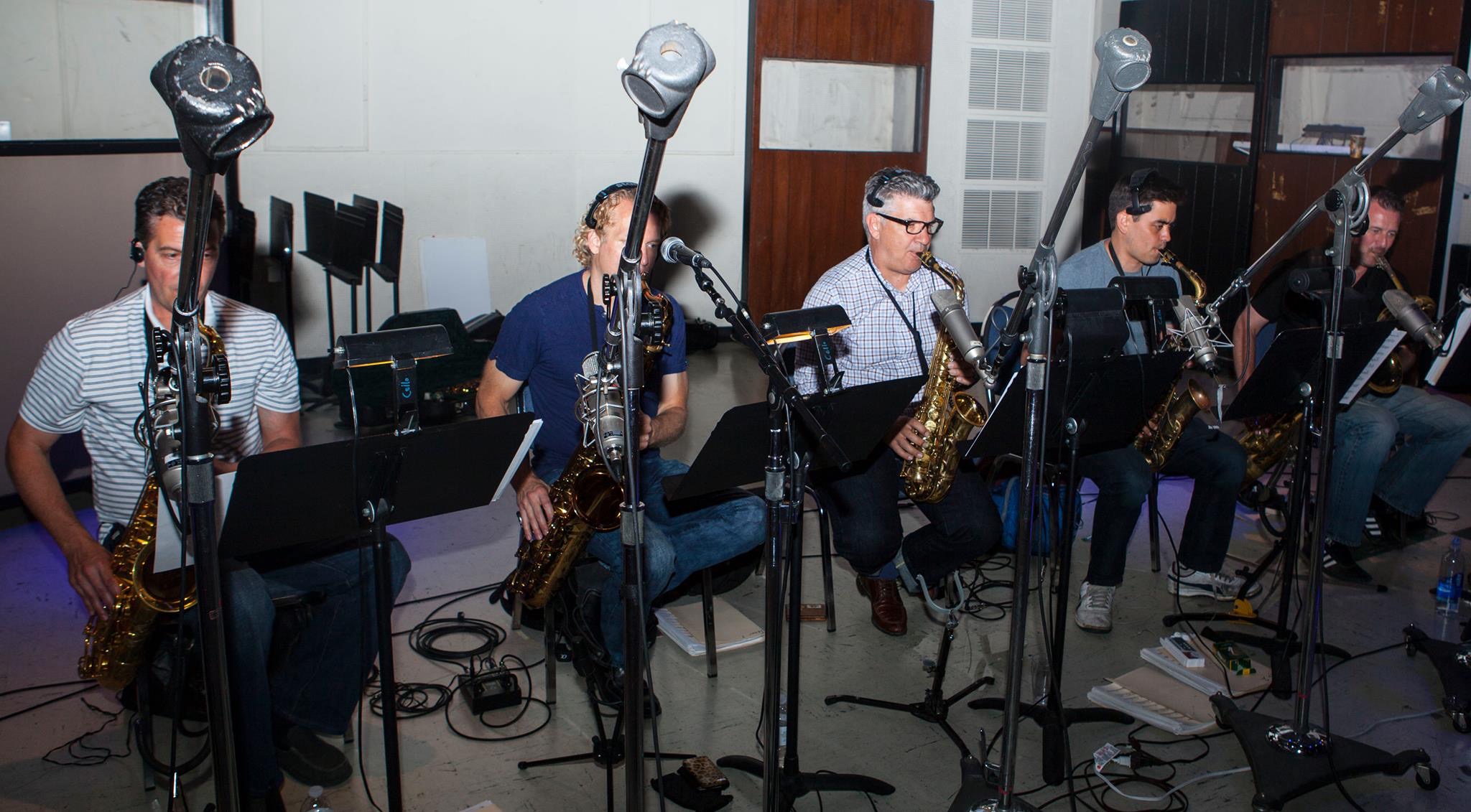
How do you write the other horn sections?
Andrew Neu: Most musicians play a little bit of piano, I played bass for a while, I was actually a pretty good trumpet player at one point…it helped me in my writing because I know the challenges a trumpet player runs into. It’s a very physical instrument. You have to pace the trumpets and can’t do overly angular things. You need to understand how those instruments function and write idiomatically for those instruments.
 Let’s talk about some of your musicians…who are they?
Let’s talk about some of your musicians…who are they?
Andrew Neu: I’m in Los Angeles so I have a choice of some of the best musicians in the world. These are guys who are playing on the movie soundtracks and television. The lead trumpet player, Tony Bonsara, my partner in the band, helped me put the group together. He plays with Big Bad Voodoo Daddy. Our lead trombone player, Andrew Lippman has been playing with the television show, Dancing with the Stars. We have a few members of Gordon Godwin’s Big Phat Band, Jeff Driskill who is playing lead alto for us, is from that band. Jeff Jarvis is a great trumpet player and he does a lot of writing and publishing with the same company I do. Mike Stever on trumpet played on Patrick William’s last record, he has recorded with Brian Culbertson. Jamey Tate and David Hughes, who are our drummer and bass player, have played with David Benoit and Mindi Abair. Our piano player, Andy Langham played with Poncho Sanchez …
What’s next for you?
Andrew Neu: I go back on tour with Bobby Caldwell in June. I want to have the record done by January, 2017. I am also teaching at a college and do some high school jazz bands outside of Philadelphia.
I want to make sure that this record connects with people who are already buying my arrangements.
I have worn different hats as a performer, as a writer and as an educator and I’m so fortunate to have the luxury of doing a record like this right now in my career. The timing was right.
Brian Bromberg concluded the interview by addressing what made Andrew Neu stand out as an artist. “There are a lot of smooth jazz artists and a bulk of sax players on the contemporary jazz scene. The thing that separates Andrew is that he’s an innovator as a composer. All the songs are prolific arrangements that don’t follow a formula. The three standards he chose, he made them his own…his writing and arranging for a full big band is something very few people can do.
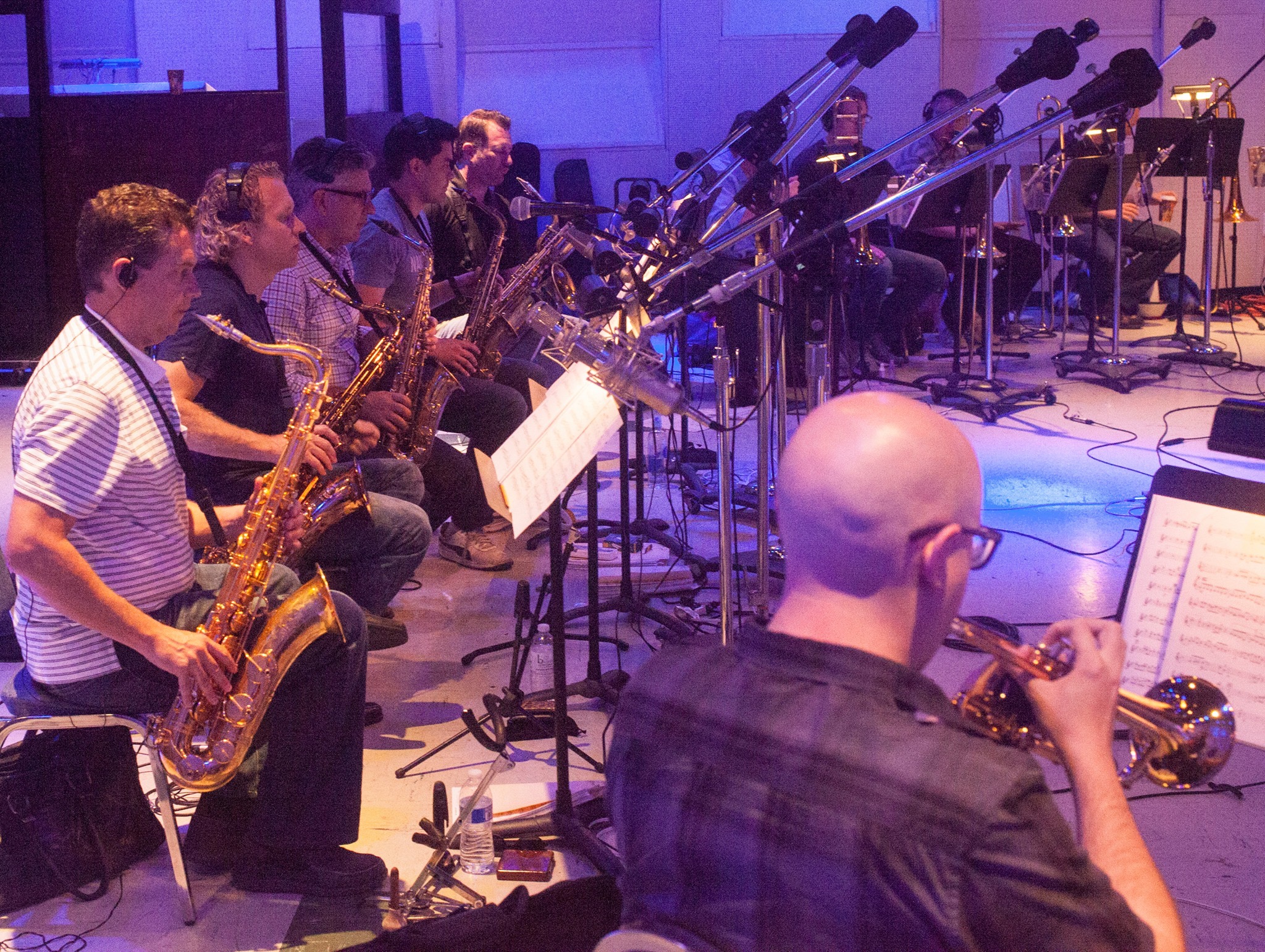
Songs from Andrew Neu’s CD
Juggernaut
Blue Sesame
What is this Thing Called Love
Too Much of a Good Thing
Alpha Dog
My Dear
Body & Soul
Wasamba
Zebrano
Cinema Paradiso
Catwalk
The Names of the Musicians
(Saxes)
Jeff Driskill, alto
Dan Kaneyuki, alto
Andrew Neu, tenor
Vince Trombetta, tenor
Ken Fisher, bari
Trumpets
Tony Bonsera, lead
Jeff Jarvis
Jamie Hovorka
Mike Stever
Trombones
Andrew Lippman
Paul Young
Charlie Morillas
Dave Ryan
Steve Hughes
Rhythm
Andy Langham, piano
Matt Hornbeck, guitar
David Hughes, bass
Jamey Tate, drums
Engineer
Tom McCauley
Producer
Brian Bromberg
Planned guest soloists
Wayne Bergeron
Rick Braun
Eric Marienthal
Andrew Neu
www.andrewneu.com
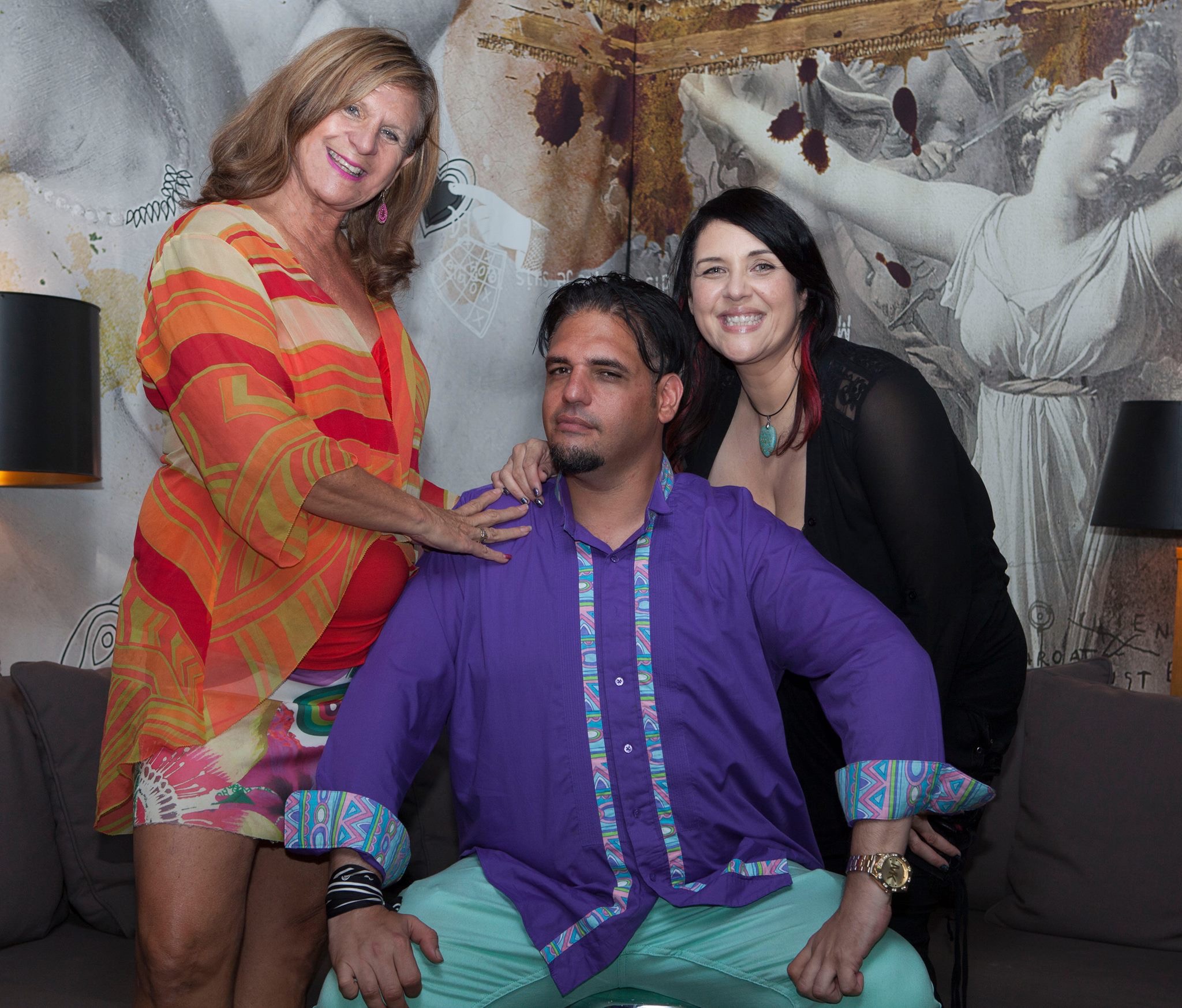
Photo Credit: Mikey Adam Cohen / The Hollywood 360

